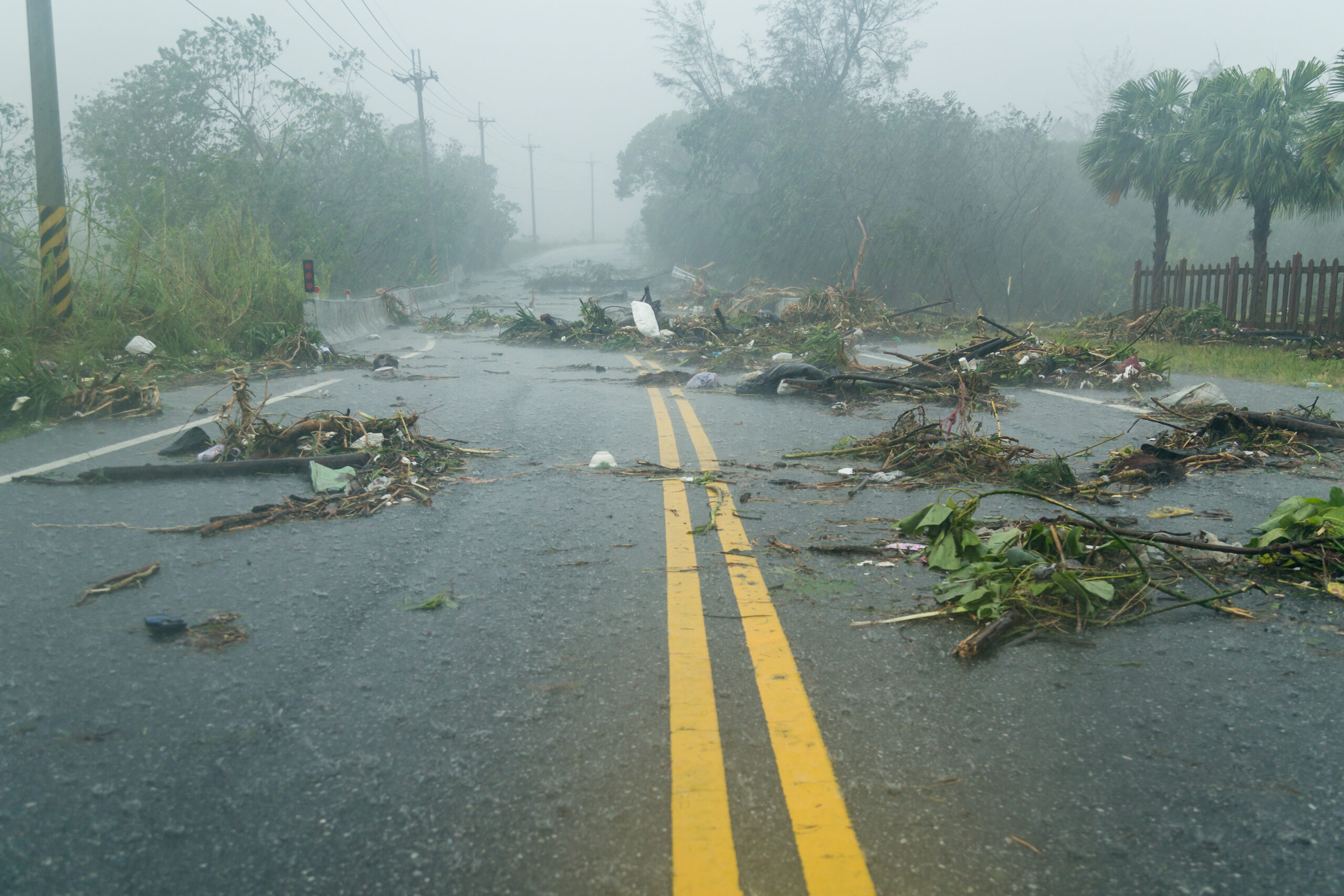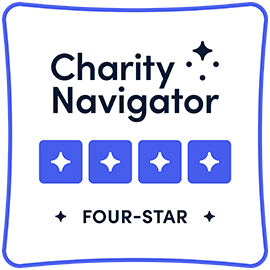Navigating Hurricane Preparedness Season: Ensuring Healthcare Resilience
Critical details about the Highly Pathogenic Avian Influenza (HPAI), the H5N1 virus, and the ongoing response continue to emerge.
Receive Healthcare Ready Alerts
Healthcare Ready is currently MONITORING the evolving situation surrounding Avian Influenza and the H5N1 virus. We are monitoring supply chain needs and community impact with the assistance of our private and public sector partners. See our Alert Hub page on Avian Influenza for more information and sign up to receive alerts on the H5N1 virus and Avian Influenza provided by Healthcare Ready.
Healthcare Ready, like many other organizations, gained valuable insight on enhancing response efforts to viruses like H5N1 from our experiences during the COVID-19 pandemic. While each situation presents its own unique challenges, we recognize the importance of incorporating certain key strategies into every health emergency preparation and response plan to better protect our communities:
1. Sharing Complete and Timely Information
First, it is imperative that all organizations and government agencies work together to report information in an open, comprehensive, and transparent manner as we navigate through the uncertainties of a health emergency of any level.
We must all answer specific, direct questions and provide data and resources that are simple to access or understand so that we do not create concerns and confusion that can contribute to panic, distrust of scientific information, and ineffective responses.
During health emergencies, Healthcare Ready is committed to providing information across sectors that helps organizations and communities prepare and respond in the most effective manner possible.
This commitment to improve communication and coordination was outlined in Healthcare Ready’s report to Congress, Protecting National Public Health and Health Care Infrastructure for the Next Disaster, which made recommendations to Congress and federal agencies for ways to improve our national response to the next public health emergency.
Specifically, it outlined the need to improve communication and coordination across all stakeholders in preparedness and response, including public and private sector entities; federal agencies involved in health care preparedness and response; and federally funded programs and/or offices and recipients (or subrecipients) of federal cooperative agreements. Efforts in this area must include defining roles and responsibilities across agencies and programs, improving bidirectional information sharing, and strengthening partnerships across agencies and sectors.
2. Examining the Current Medical Supply Chain
Distributors are considered the backbone of the medical supply chain. They are responsible for 92% of all prescription drug sales in the U.S., which makes them experts in supply chain inventory and distribution. Providers will typically rely on pre-established relationships and agreements with one or more distributors to routinely supply their place of business.
While on a ‘blue-sky day’ in optimal steady-state conditions, this process may be sufficient. However, the occurrence of any disruptive event, regardless of scale and scope has a high degree of potential to threaten the normal flow of supply chain operations, which in turn could negatively impact patient care, business continuity of operations, and overall response and recovery capabilities.
“As we look at improving the resilience of the medical supply chain, the diversification of distributors and suppliers is necessary — we shouldn’t rely on one supplier for everything,” says Julie Abrams, associate director of programs and response at Healthcare Ready.
For resources and tools to enhance and diversify strategies for supply chain resiliency, Healthcare Ready offers the “Supply Chain Resiliency: Collaborative Procurement playbook.”
Regarding the current situation with H5N1, a need has not been identified to initiate vaccine production; nevertheless, the U.S. currently possesses two vaccines ready and in the national stockpile. If needed, manufacturing could be increased quickly. However, the availability of a vaccine on the global level would not be nearly enough.
3. Keeping Equity Front and Center
Any response to the H5N1 virus requires an equity-driven approach with an eye on vulnerable populations who could be affected and disparities in healthcare resources available.
Rural areas of the country home to many poultry and cattle farms are now under increased study and analysis. It is key to consider specific aspects of these communities and the rural workers who would be at greater risk if the H5N1 virus were it to begin spreading to humans at a greater level. In some cases, these workers may lack the economic means or insurance to afford healthcare. The Centers for Disease Control and Prevention has issued updates and guidance for protecting people working with animals.
When considering equity, it is also important to consider any lack of resources in remote rural areas, including preventive services and access to healthcare services. In March, the U.S. Department of Agriculture (USDA) Economic Research Service released its report The Nature of the Rural-Urban Mortality Gap, which highlighted an increasing natural-cause mortality (NCM) gap between rural and urban areas in the U.S. The study notes “Not only did urban area NCM rates decrease more than rural rates between 1999 and 2019, NCM rates increased for rural, prime working-age adults (aged 25–54).” In addition, “The more rural the area, the greater the increase in prime working-age NCM rates (or smaller the decrease) over time.”
The formidable trial presented by the H5N1 virus is a crucial juncture where we can significantly enhance our collective readiness and fortify the resilience of our supply chains. This moment beckons us to refine our coordination mechanisms, bolster our preparedness measures, and fortify the strategic pathways crucial for effective response. Within this challenge, we have the chance to not just mitigate immediate threats but to lay down the foundations for a more robust and adaptable framework capable of navigating future crises with greater efficacy.
See our Alert Hub page on Avian Influenza for more information and sign up to receive alerts on the H5N1 virus and Avian Influenza provided by Healthcare Ready.







